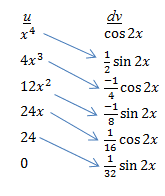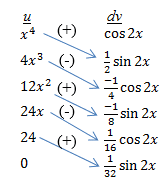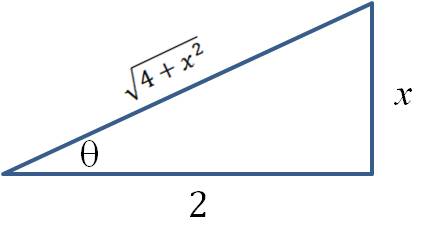In a recent post, I showed you how to approach integrals of the form
In this post, we look at the similar integral of the form
As before, m and n are integers. The technique we use requires m to be odd or n to be even and we factor out terms of the associated function. We demonstrate with an example. Evaluate:
Here, m is odd and n is even, so we can factor either the tan x or the sec x function. We’ll do it both ways here to show both techniques. First, when m is odd, we factor out a single power of both tan x and sec x and the rest of the integral follows the method we saw in the sinm x cosnx integral example:
Then letting u = sec x leads to
Now let’s do the same integral the other way. When n is even, we factor out a sec2 x, and the rest of the process is similar to the first method:
Then letting u=tan x,
Wait! That’s not the same integral we got in the method above. Well, actually, it is! After a trig substitution (1 + tan2 x = sec2 x) and a lot of messy algebra, you can show they are the same function. I’ll leave you to work out the details. Better yet, graph them both on your graphing calculator and you will see they are the same.



